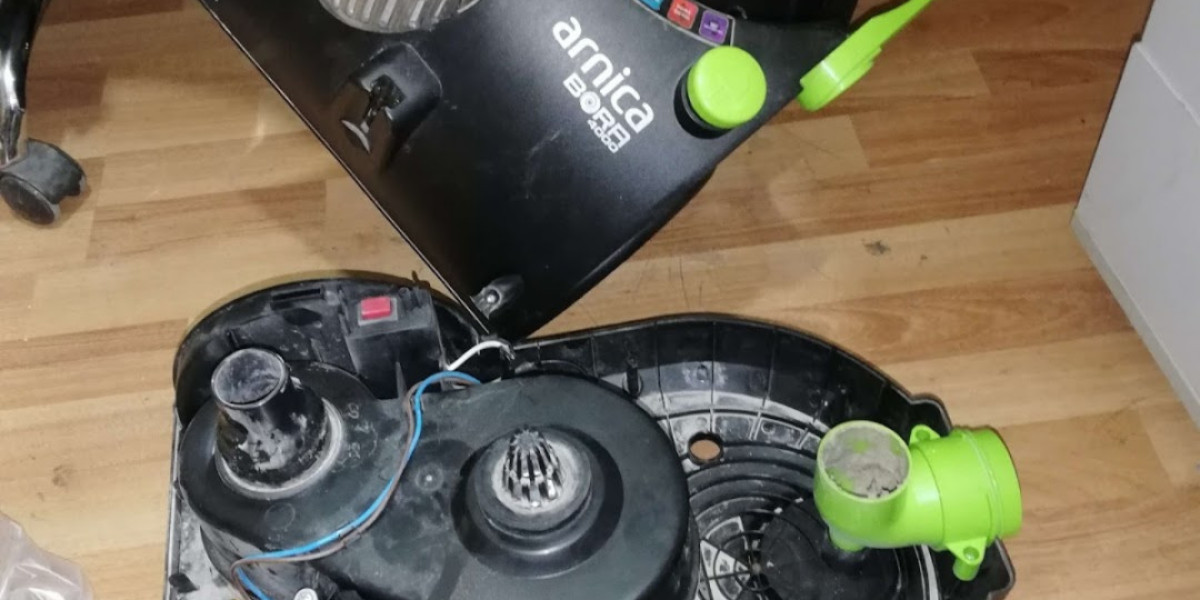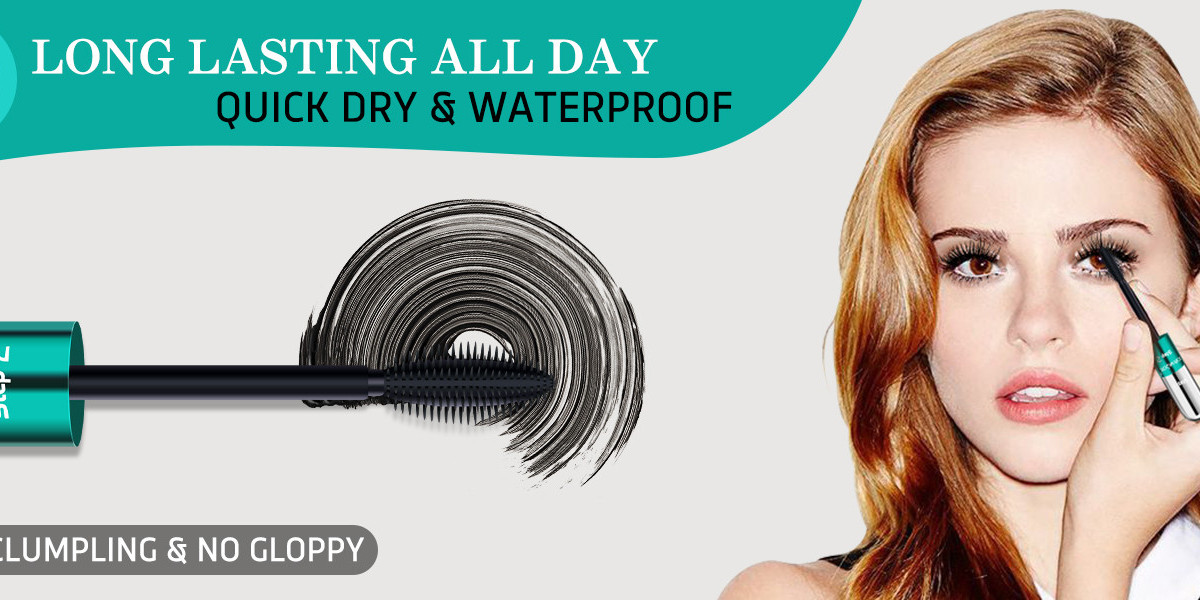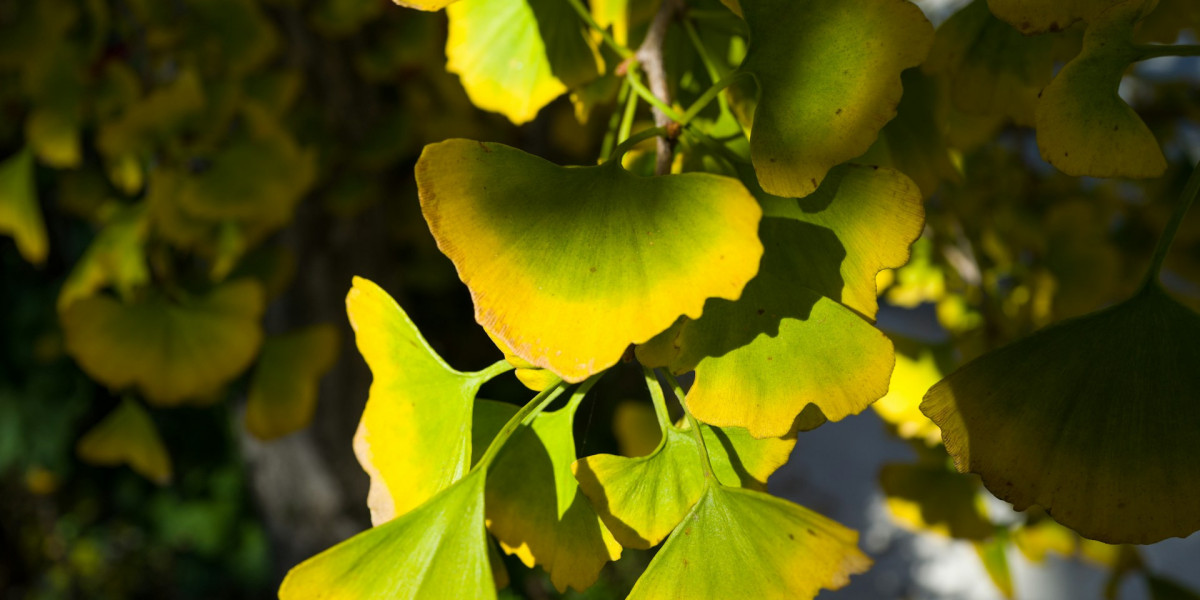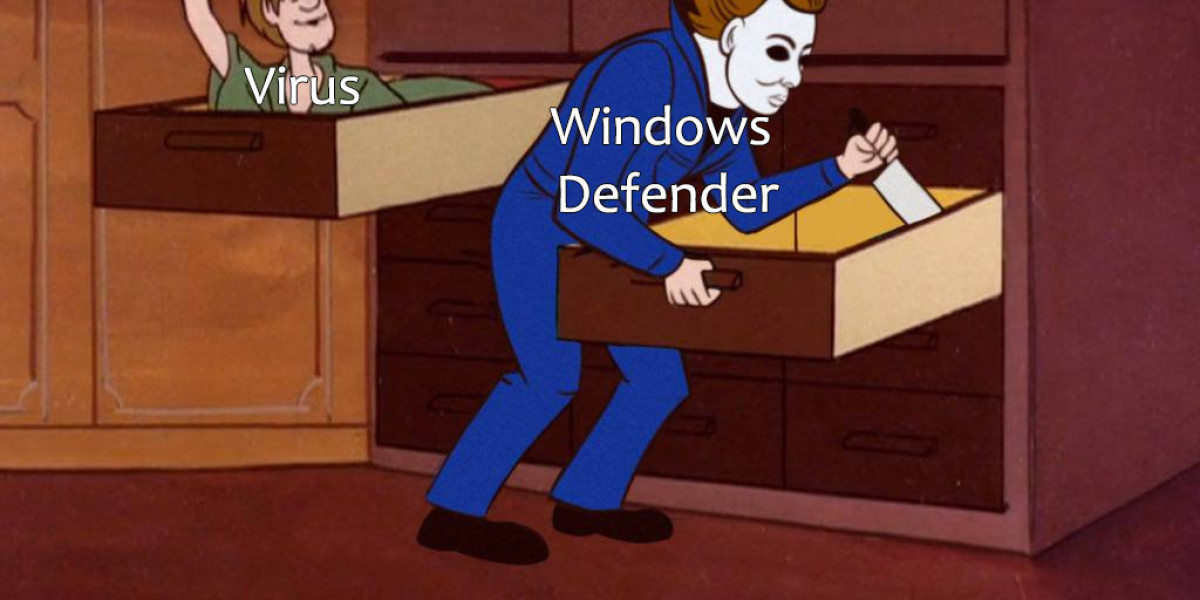In today's world, sustainability and safety are becoming increasingly important, especially when it comes to the place we spend the most time – our homes. Traditional cleaning products, harsh chemicals, and environmentally harmful practices are slowly being replaced by eco-friendly and non-toxic alternatives. These solutions not only benefit the environment but also improve the health and safety of your household. Embracing natural home solutions can be a small yet significant step towards creating a greener, safer home.
Why Choose Natural Home Solutions?
Many conventional products—whether they are cleaners, pest control products, or even paints—contain harmful chemicals that can negatively impact both your health and the environment. Over time, exposure to these toxins can contribute to a variety of health issues, from skin irritation to respiratory problems. On the other hand, natural home solutions offer effective alternatives without compromising your well-being or the planet.
By switching to natural options, you help reduce the use of synthetic chemicals, lower your household's carbon footprint, and contribute to a healthier living space. Additionally, natural products are typically biodegradable, meaning they break down more easily in the environment, making them far less harmful to ecosystems.
1. Natural Cleaning Solutions: Safe and Effective
One of the easiest and most impactful changes you can make in your home is by switching to natural cleaning products. Many commercial cleaners are filled with toxic chemicals that can be harmful to both your health and the environment. But you don't need to sacrifice cleanliness for safety. Simple ingredients like vinegar, baking soda, lemon juice, and essential oils can be used to create powerful, all-natural cleaning solutions.
Vinegar and Water: A mixture of vinegar and water can clean windows, countertops, and even floors. It's an excellent disinfectant and helps remove stains and odors.
Baking Soda: Use baking soda as a scrubber for tougher stains or as an odor neutralizer for carpets, refrigerators, and trash cans.
Essential Oils: Add a few drops of essential oils like lavender, tea tree, or lemon for natural antibacterial properties and pleasant scents.
These natural ingredients are not only safe for you and your family, but they are also easy to find and cost-effective. Moreover, they don’t contribute to indoor air pollution, unlike some of the traditional cleaning products that release volatile organic compounds (VOCs).
2. Eco-Friendly Pest Control
Many people turn to chemical-laden pesticides to deal with household pests, but these can have long-lasting effects on both human health and local wildlife. Instead, consider using natural home solutions to keep pests at bay.
Diatomaceous Earth: This natural substance can be sprinkled around the home to kill insects without using harmful chemicals. It's safe for humans and pets, yet lethal to pests.
Essential Oils for Repellents: Certain essential oils, like peppermint, eucalyptus, or citronella, act as natural insect repellents. You can dilute them with water in a spray bottle and use them around windows and doors to ward off bugs.
Neem Oil: A natural pesticide derived from the neem tree, neem oil works wonders in controlling pests in gardens and on houseplants.
By opting for these natural pest control methods, you protect both your family and the environment from harmful toxins.
3. Non-Toxic Paints for a Healthier Home
Traditional paints are often filled with VOCs, which can release harmful chemicals into the air long after the paint has dried. These VOCs are known to cause headaches, dizziness, and other health issues. Fortunately, there are now plenty of natural and non-toxic paint options available.
Natural Mineral Paints: Made from minerals like clay and chalk, these paints are free from synthetic chemicals and VOCs. They provide a smooth finish and are available in various colors.
Milk Paint: This is another non-toxic alternative to traditional paint. Made from milk protein (casein), lime, and natural pigments, milk paint offers a rustic, matte finish ideal for furniture and wall applications.
Plant-Based Paints: Some companies offer paints made from plant oils and resins, offering another safe and eco-friendly alternative.
Using these natural paints not only ensures a safer indoor environment but also contributes to reducing pollution and your carbon footprint.
4. Natural Air Purifiers
Indoor air quality is often worse than outdoor air, especially in homes filled with chemical cleaners, synthetic materials, and other pollutants. Thankfully, there are several natural solutions to improve air quality and keep your home fresh and clean.
Houseplants: Plants like spider plants, snake plants, and peace lilies are natural air purifiers. They absorb toxins like formaldehyde, benzene, and trichloroethylene, while releasing oxygen to improve air quality.
Activated Charcoal: Placing activated charcoal in various areas of your home can help absorb odors and moisture, acting as a natural deodorizer.
Essential Oils in Diffusers: Diffusing essential oils like eucalyptus, lavender, and peppermint can help purify the air while providing health benefits such as stress relief and respiratory support.
These natural air purifiers not only improve your home's air quality but also promote a relaxing and healthy environment.
5. Sustainable Home Improvements
When making home improvements, opting for eco-friendly and sustainable materials can reduce your home’s environmental impact. Natural home solutions extend beyond cleaning products and pest control to how we renovate and maintain our homes.
Natural Insulation: Consider using cellulose, wool, or cork for insulation, which are all sustainable and non-toxic alternatives to conventional fiberglass insulation.
Solar Power: Installing solar panels can drastically reduce your home’s reliance on fossil fuels and lower your electricity bills, providing long-term energy savings while reducing your carbon footprint.
Rainwater Harvesting: Set up a rainwater harvesting system to collect and store rainwater for outdoor use, reducing your household’s water consumption and minimizing your environmental impact.
By choosing eco-friendly materials and practices, you contribute to a more sustainable future while creating a safer home.
Conclusion
Switching to natural home solutions offers a simple yet powerful way to create a greener, safer home. From non-toxic cleaning products to eco-friendly pest control and sustainable home improvements, every small change counts. By embracing these natural alternatives, you not only protect your health but also contribute to a more sustainable and environmentally conscious lifestyle.







